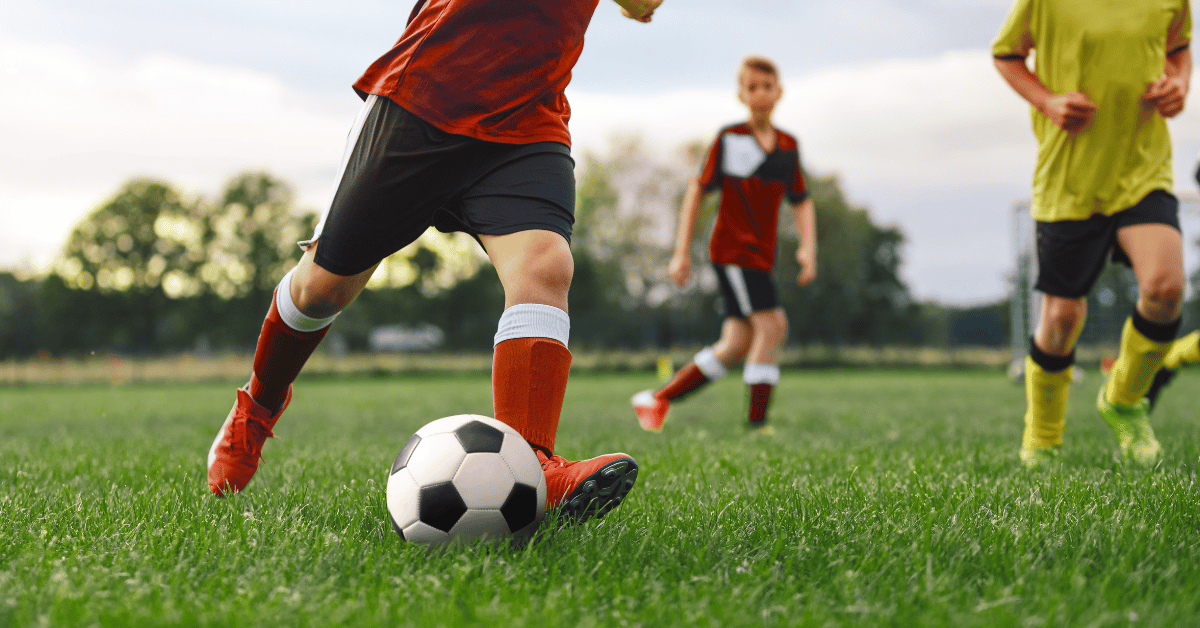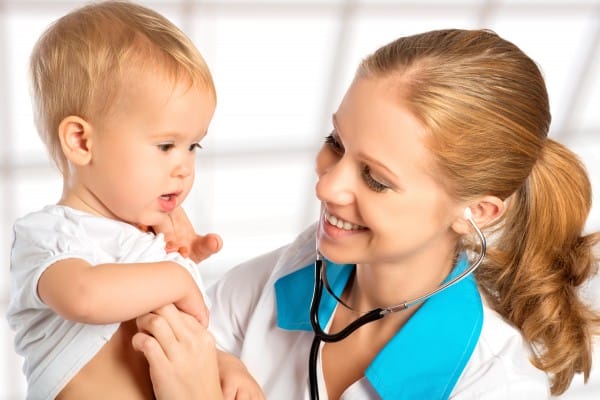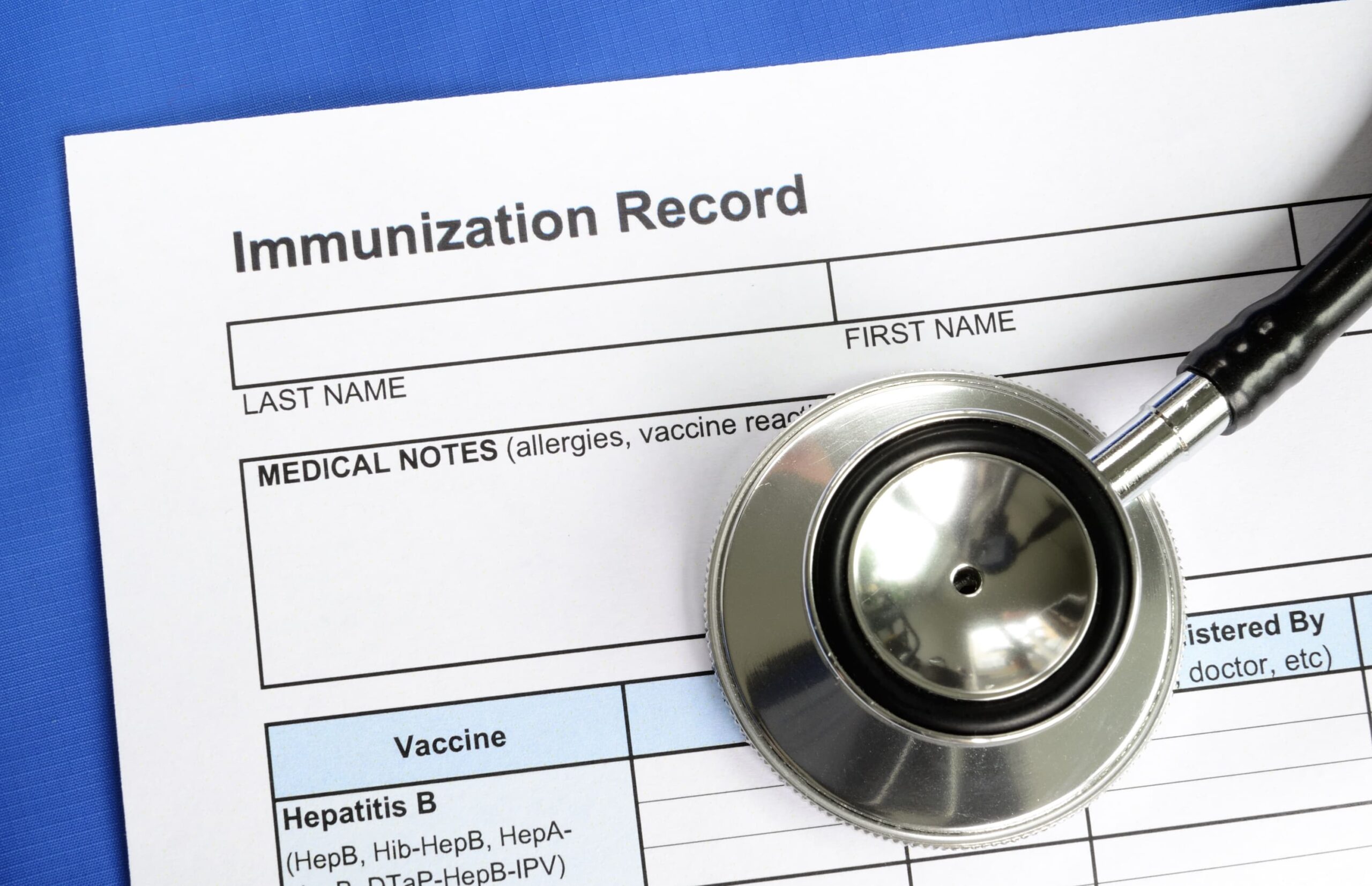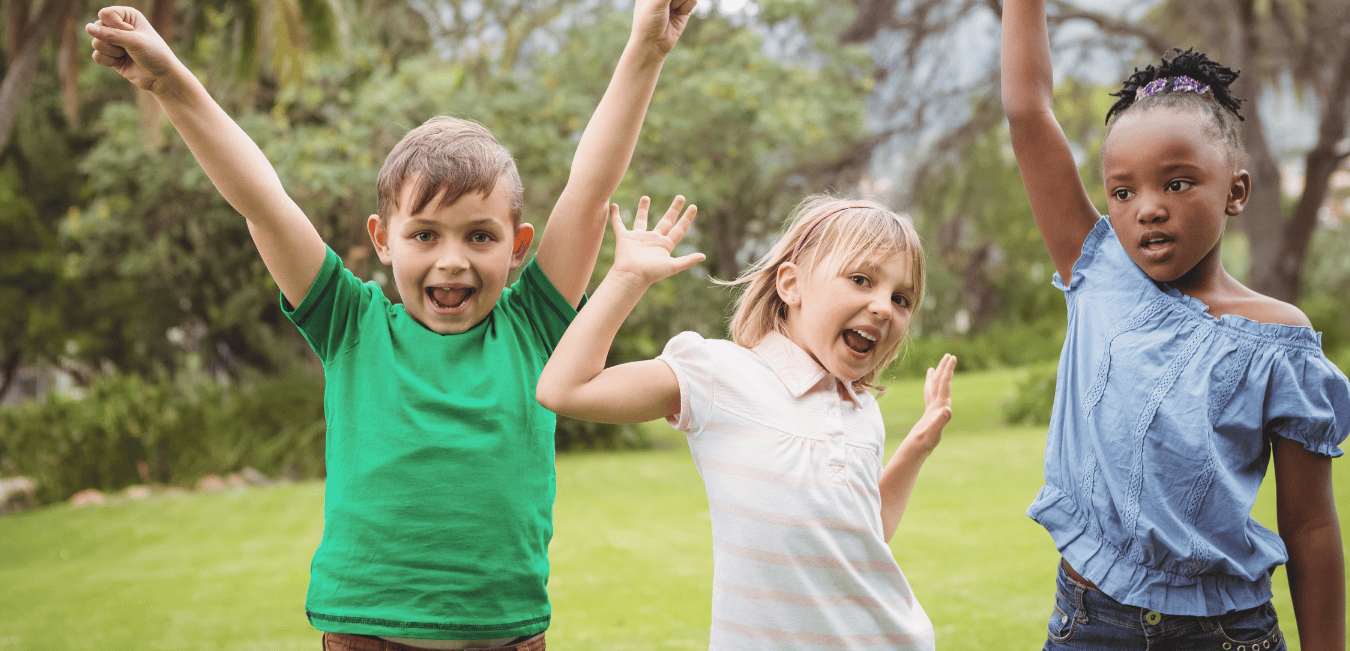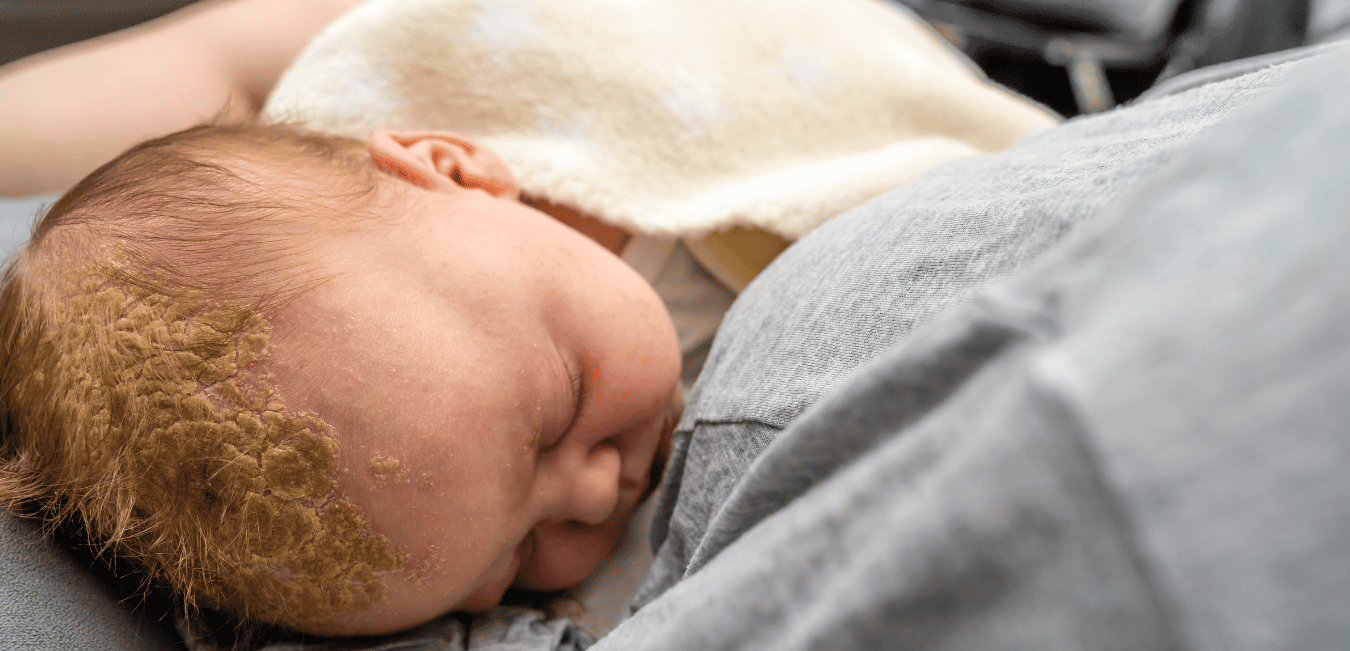Athlete’s foot is a common fungal infection that can affect anyone and often affects children and adolescents who participate in activities, like swimming, that involve walking around public areas with bare feet (hence the name athlete’s foot). It is common for athlete’s foot to spread amongst siblings and other family members, making it important for parents to recognize, manage, and prevent this infection. This article explores the causes, symptoms, and home remedies for athlete’s foot and provides guidance on when to seek medical attention.
What is Athlete’s Foot?
Athlete’s foot, medically known as tinea pedis, is a fungal infection caused by dermatophytes (1), which are a group of fungi that cause skin, hair, and nail infections in humans and animals. Dermatophytes require keratin for growth and survival (1). Keratin is a protein that helps form and protect hair, nails, and skin.
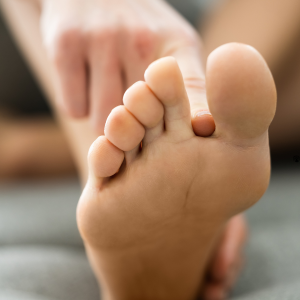 Athlete’s foot usually starts between the toes. It thrives in warm, moist environments like locker rooms, swimming pool common areas, and showers. Although it can cause discomfort and itching, athlete’s foot is usually not serious and can often be treated effectively with self-care measures and over-the-counter antifungal medications.
Athlete’s foot usually starts between the toes. It thrives in warm, moist environments like locker rooms, swimming pool common areas, and showers. Although it can cause discomfort and itching, athlete’s foot is usually not serious and can often be treated effectively with self-care measures and over-the-counter antifungal medications.
To learn more about other common skin issues, read these articles: Understanding Infant Thrush: Symptoms, Home Care, & When To Seek Medical Attention, Eczema Treatment 101 and Integrative Treatment For Keratosis Pilaris (aka Chicken Skin Rash)
How Does Athlete’s Foot Occur?
Multiple factors play a role in the development of athlete’s foot. As with other fungal infections, the body’s microbiome may have a lot to do with susceptibility to infection (2), but it’s not the only factor:
- Microbiome Imbalance: An imbalance in the body’s microbiome can increase susceptibility to infections (2).
- Poor Immune System Function: A weakened immune system may struggle to fight off fungal infections (3).
- Contact with Infected Items: Towels, shower floors, and swimming pools can harbor the fungus responsible for athlete’s foot (1).
- Tight, Damp Shoes: Wearing shoes that don’t allow feet to breathe can create an environment for fungi to thrive (1).
The Role of the Microbiome in Athlete’s Foot
The human body is home to trillions of microorganisms, collectively known as the microbiome. These microorganisms, including bacteria, fungi, and viruses, live on the skin, in the gut, and other parts of the body. A balanced microbiome is important for maintaining health and preventing infections. This is relevant in the conversation of athlete’s foot because, while exposure to the fungi is necessary in order for an infection to develop, the microbiome may also influence the bodies’ resilience to infection. The skin microbiome is the collection of microorganisms residing on the skin (4). It acts as a protective barrier against pathogens (4), including the fungi responsible for athlete’s foot. When the balance of the skin microbiome is disrupted, harmful microorganisms may be more likely to overgrow (5).
Symptoms of Athlete’s Foot
Recognizing the symptoms of athlete’s foot helps us choose effective home care and treatment.
- Itching and Burning: Athlete’s foot can cause intense itching and sometimes a burning sensation in the affected area (1). Other times, there may be no itchiness at all, and the skin appearance can be the only sign (1).
- Redness and Scaling: Athlete’s foot can cause red, scaly, and sometimes inflamed skin, typically between the toes (1).
- Cracking and Peeling: The skin may crack and peel or look flaky especially between the toes and on the soles of the feet (1).
Self-Care for Athlete’s Foot
Athlete’s foot can typically be managed very effectively at home. Below are some general tips, as well as natural remedies and tips for anti-fungal creams.
- Keep Feet Dry: Ensure your children’s feet, especially the areas between their toes, are dry. Towel dry between the toes after bathing, or use a blowdryer. Moist environments can encourage fungal growth (1).
- Wear Proper Footwear: Choose breathable shoes and cotton socks that wick moisture away from the skin (1).
- Change Socks Regularly: Change socks at least once a day or whenever they become damp.
- Clean and Disinfect: Regularly clean and disinfect showers, bathtubs, and the bathroom floor. If you’re dealing with an active infection in your home, be sure to wash all towels and socks in hot water in the washing machine.
- Avoid Sharing Personal Items: Children should not share towels, shoes, or socks to prevent the spread of the infection.
- Alternate Shoes: Rotate your children’s shoes to allow them to air out between uses. You may wish to freeze shoes for a few days between uses to kill the fungal spores that cause athlete’s foot.
Natural Remedies for Athlete’s Foot
In addition to the general care tips above, natural remedies can be very helpful when it comes to kicking a case of athlete’s foot. Here are a few options to consider:
- Yogurt and Powdered Probiotics: Mix one tablespoon of plain organic yogurt with one scoop of a powdered probiotic. Apply the mixture to the infected areas with a cotton ball and let it sit for about half an hour. Repeat twice a day for five days.
- Internal Probiotic: Regular probiotic use can support a healthy and diverse microbiome.
- Apple Cider Vinegar: Mix two cups of warm water with half a cup of apple cider vinegar. Soak feet for around 30 minutes. Repeat as needed.
- Essential Oil Remedies: Tea tree oil can be diluted with a carrier oil like coconut oil and applied to the affected area. Other essential oils to consider include lavender, oregano, and thyme.
Over-The-Counter Antifungal Creams for Athlete’s Foot
Over-the-counter antifungal creams, like Lamisil (terbinafine hydrochloride), Lotrimin (clotrimazole), and Tinactin (tolnaftate), are considered safe and effective if used as directed. These can be used in conjunction with the home remedies listed above or on their own.
When to See a Doctor for Athlete’s Foot
While many cases of athlete’s foot can be managed at home, some situations require medical attention.
Signs It’s Time to See a Doctor
- Persistent Symptoms: If symptoms persist after two weeks of home treatment.
- Severe Symptoms: Intense pain, swelling, or blistering that does not improve.
- Spread of Infection: If the infection spreads to other parts of the body, such as the nails or hands.
- Recurring Infections: Frequent recurrence of athlete’s foot.
- Secondary Infection: Signs of a bacterial infection, such as increased redness, pus, or fever.
Summary
Athlete’s foot is a common fungal infection. It often affects those participating in activities like swimming or those who shower in locker rooms. Athlete’s foot is caused by dermatophytes, which are fungi that thrive in warm, moist environments and cause skin/hair/nail infections. Symptoms can include itching, burning, redness, scaling, and peeling of the skin, typically between the toes. Maintaining dry feet, wearing breathable footwear, and practicing good hygiene can help manage and prevent athlete’s foot. Natural remedies like probiotics, apple cider vinegar, and essential oils, along with over-the-counter antifungal creams, can be effective treatments. However, persistent or severe symptoms, spreading infections, and signs of secondary infections all warrant medical attention.
References:
- Leung, A. K., Barankin, B., Lam, J. M., Leong, K. F., & Hon, K. L. (2023). Tinea pedis: an updated review. Drugs in context, 12, 2023-5-1. https://doi.org/10.7573/dic.2023-5-1
- Sardana, K., Gupta, A., & Mathachan, S. R. (2021). Immunopathogenesis of Dermatophytoses and Factors Leading to Recalcitrant Infections. Indian dermatology online journal, 12(3), 389–399. https://doi.org/10.4103/idoj.IDOJ_503_20
- Sam, Q. H., Chang, M. W., & Chai, L. Y. (2017). The Fungal Mycobiome and Its Interaction with Gut Bacteria in the Host. International journal of molecular sciences, 18(2), 330. https://doi.org/10.3390/ijms18020330
- Grice, E. A., & Segre, J. A. (2011). The skin microbiome. Nature reviews. Microbiology, 9(4), 244–253. https://doi.org/10.1038/nrmicro2537
- Townsend, E. C., & Kalan, L. R. (2023). The dynamic balance of the skin microbiome across the lifespan. Biochemical Society transactions, 51(1), 71–86. https://doi.org/10.1042/BST20220216
